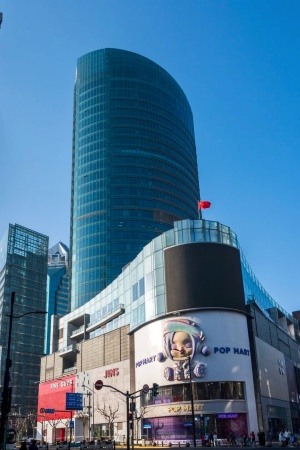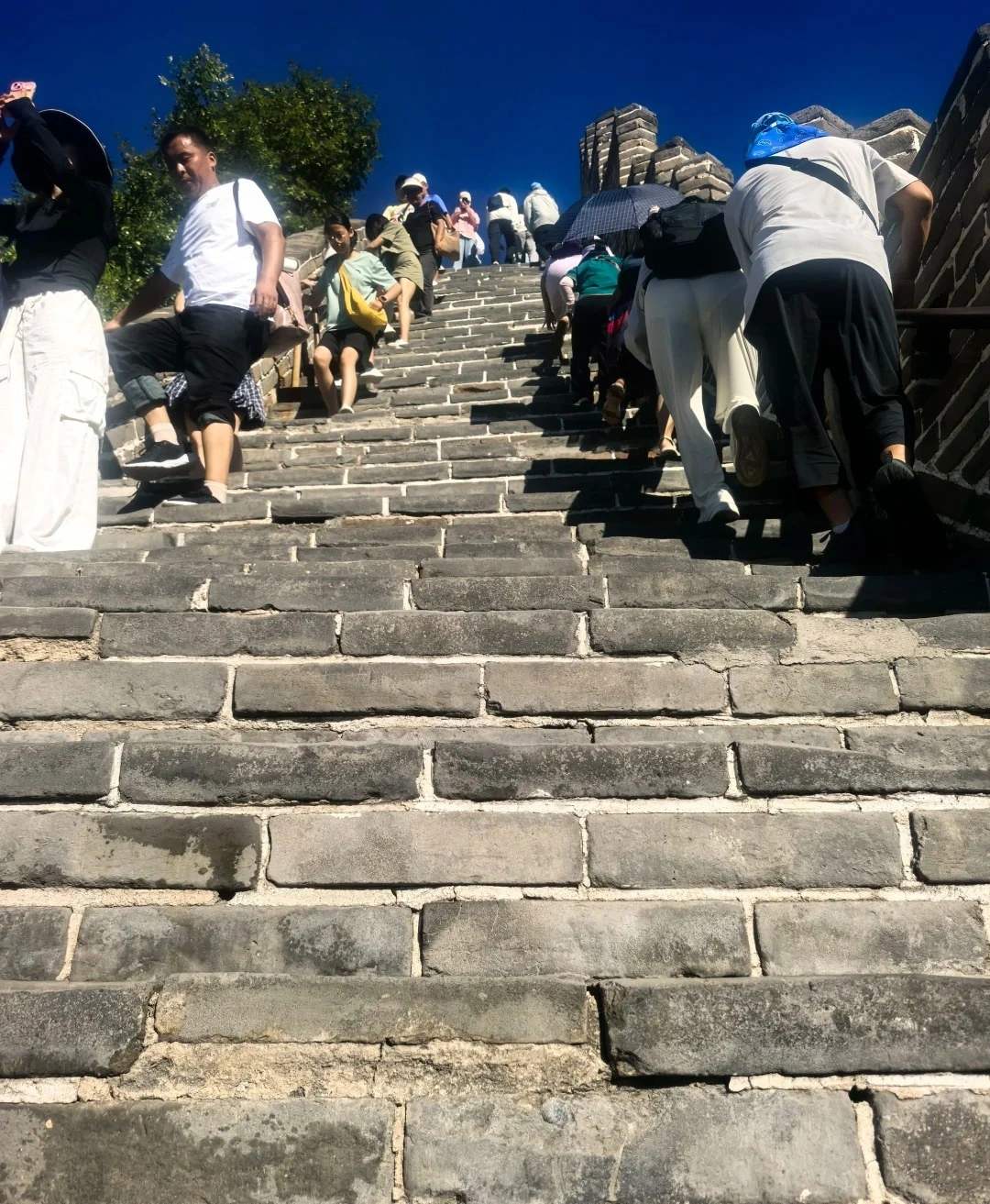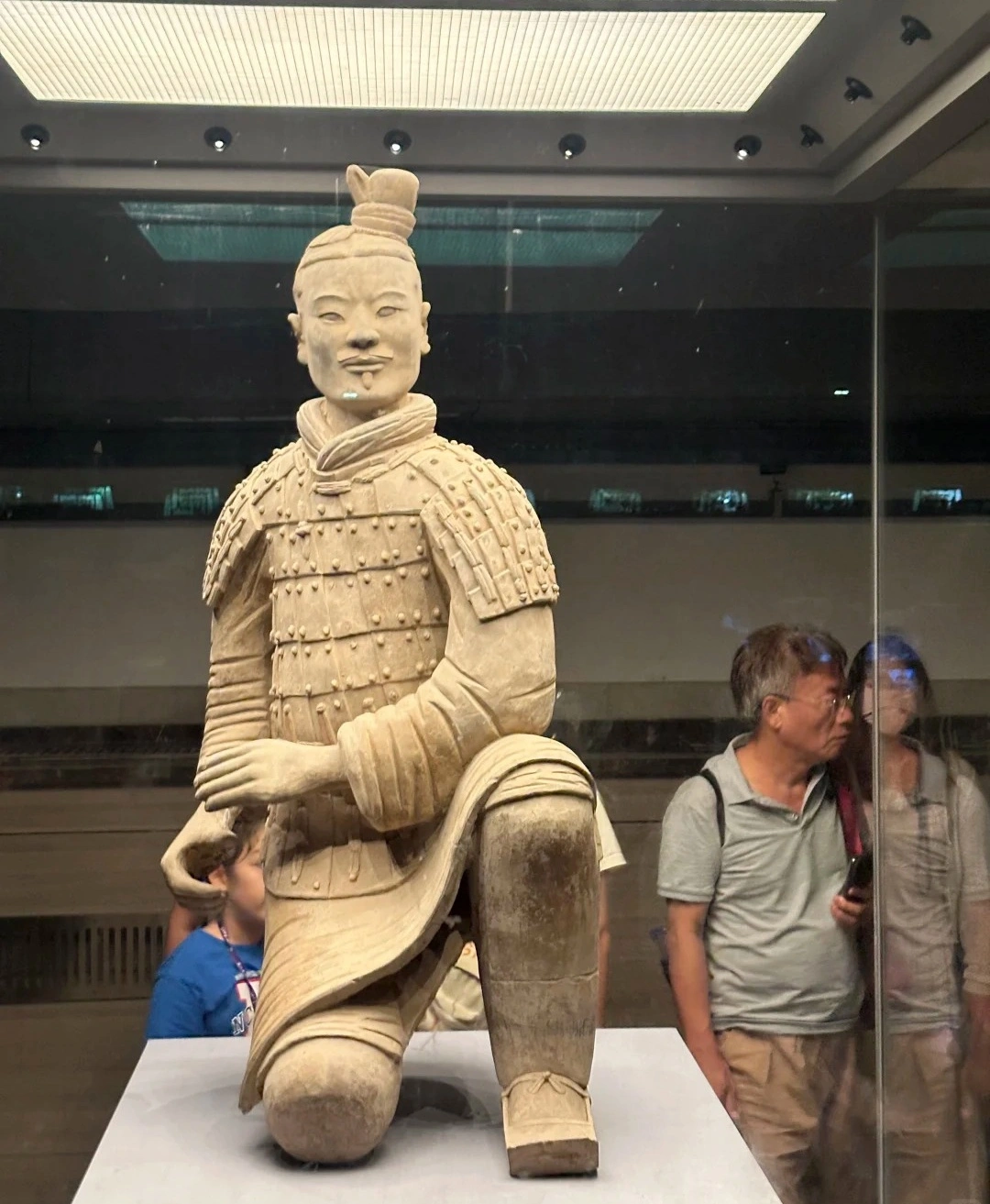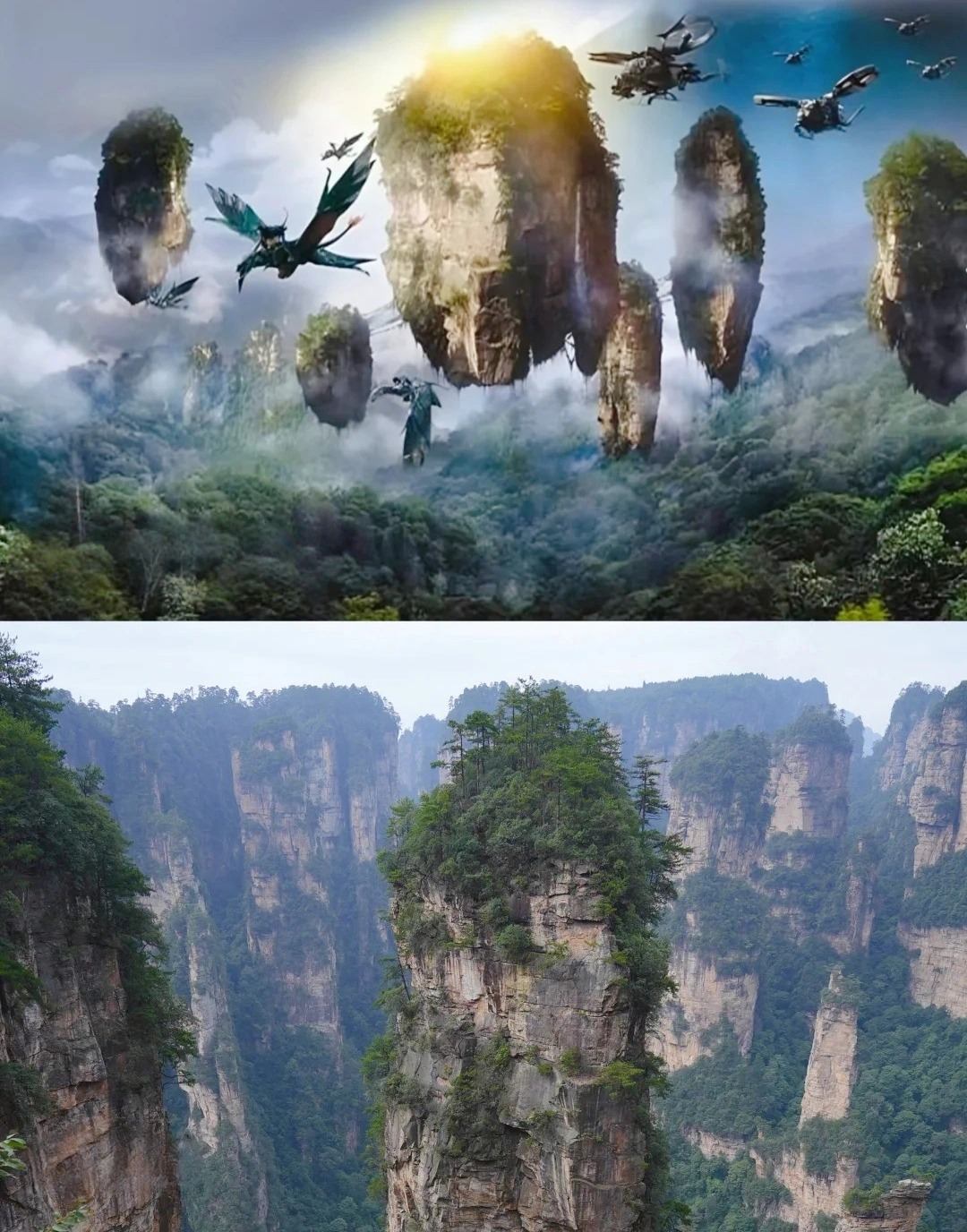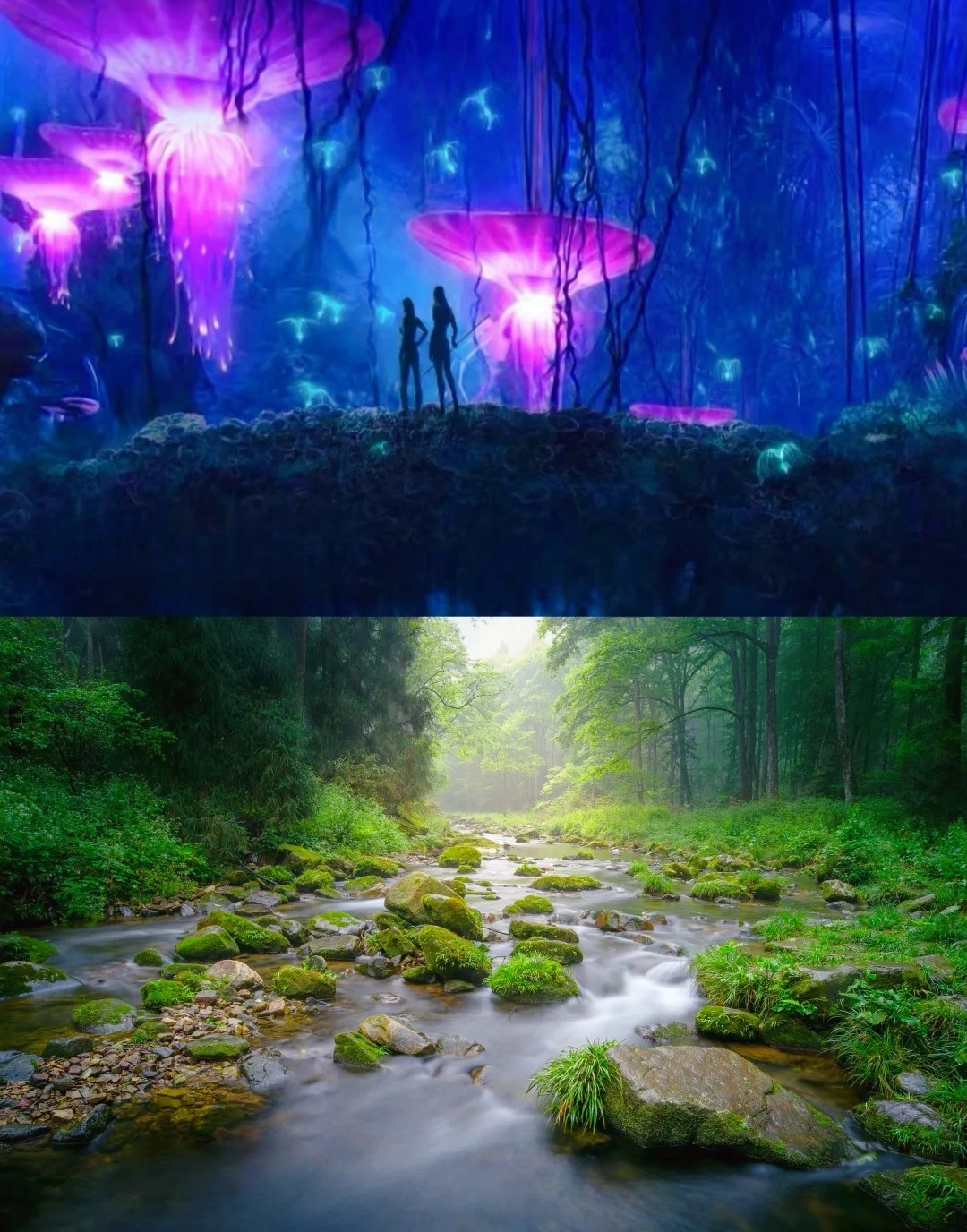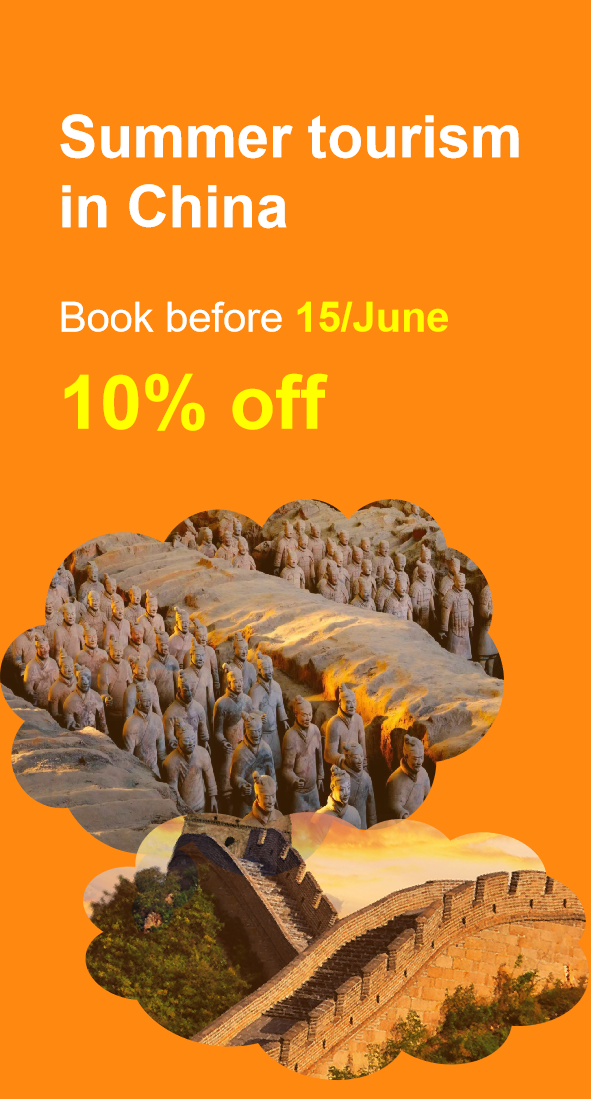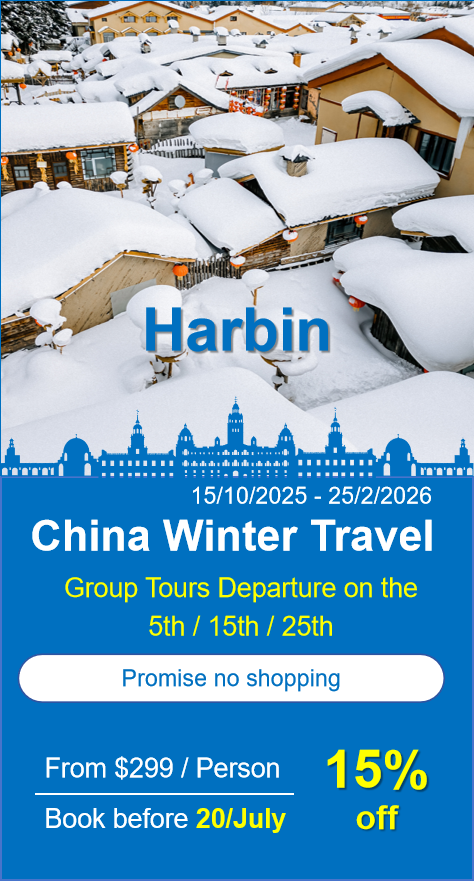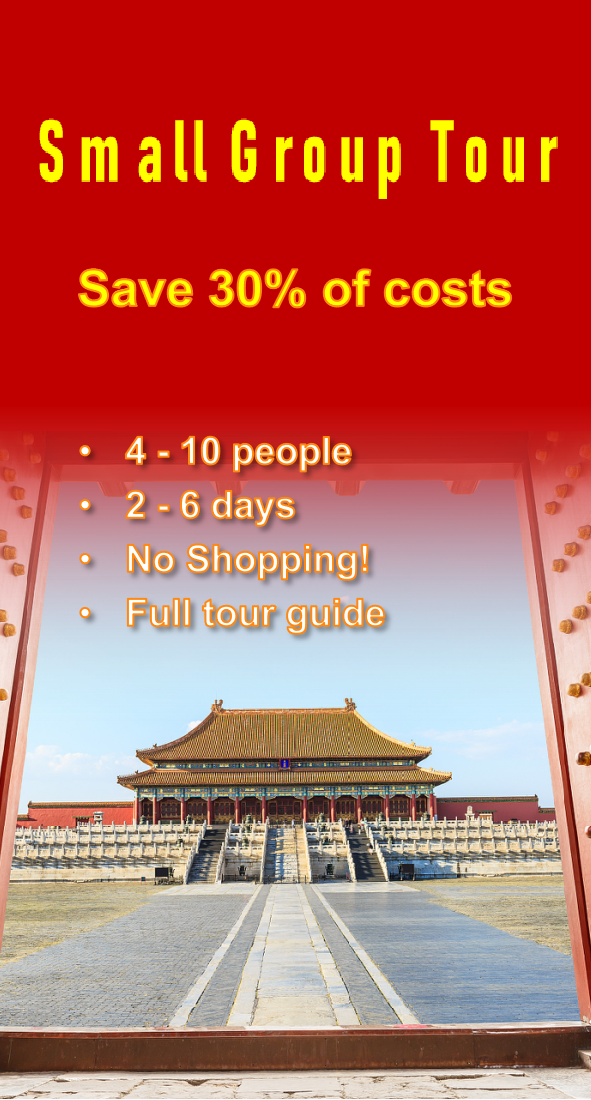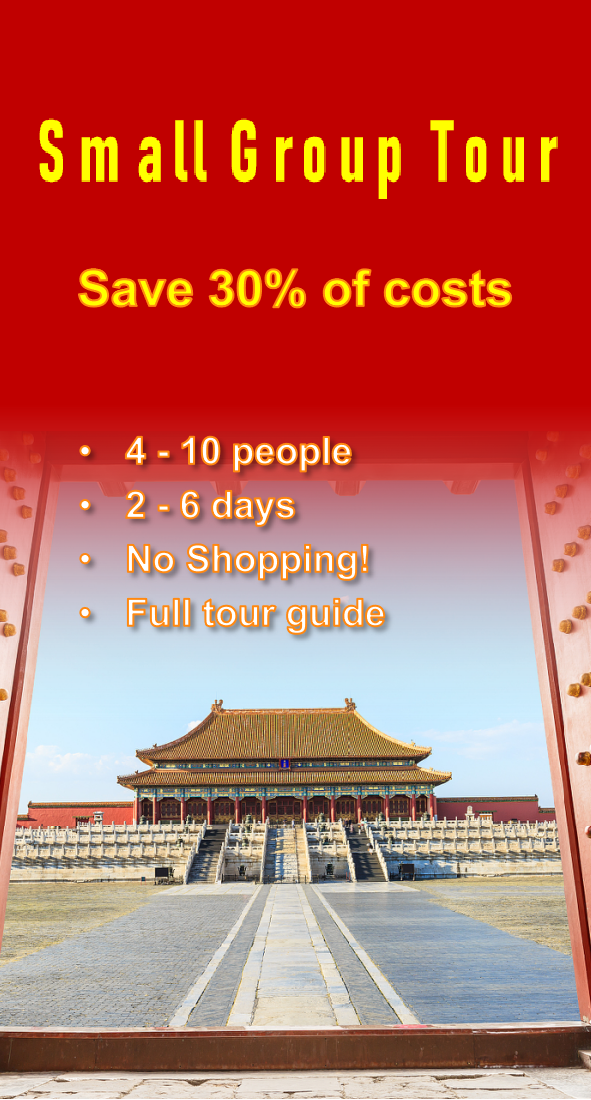White Horse Temple
Historical Overview
AD 68: Founded by Emperor Mingdi of the Eastern Han Dynasty after a dream of a golden deity led to the dispatch of envoys to India, who returned with Buddhist scriptures and two monks, Kasyapa Matanga and Dharmaratna.
Tang Dynasty (7th–10th Century): Reached its zenith as a center for Buddhist study, hosting renowned monks like Xuanzang.
Song Dynasty (10th–13th Century): Rebuilt and expanded, with the current layout largely preserved from this period.
19th–20th Century: Survived wars and upheavals, with restoration efforts in the 1970s and 1980s reviving its grandeur.
21st Century: Designated a National Key Cultural Relic Protection Unit, hosting international Buddhist conferences and cultural exchanges.
Structural Layout
The temple’s layout follows traditional Chinese Buddhist architecture, with a central axis and symmetrical wings:
Mountain Gate (Shanmen): The grand entrance flanked by guardian deities.
Hall of Heavenly Kings (Tianwang Dian): Houses statues of the Four Heavenly Kings, symbolizing protection and harmony.
Hall of Mahavira (Daxiongbaodian): The main hall, housing a gilded statue of Sakyamuni Buddha, flanked by Bodhisattvas Manjusri and Samantabhadra.
Cooling Tower (Qielou): A two-story pavilion housing ancient Buddhist scriptures and relics.
Pagoda Forest: Six brick pagodas from the Tang to Ming dynasties, including the Qipan Pagoda (10th century).
India-Style Hall (Yindushi Fojiao Dian): A unique structure built in 1942, blending Indian and Chinese architectural elements.
Dharma Hall (Fajiao Dian): Features murals depicting the journey of Buddhist scriptures to China.
Major Attractions
Hall of Mahavira: The temple’s heart, with a 16.5-meter-tall Sakyamuni statue carved from a single white marble block (Ming Dynasty).
Pagoda Forest: A cluster of ancient pagodas, including the octagonal Qipan Pagoda, known for its intricate brick carvings.
India-Style Hall: A rare example of Indo-Chinese architectural fusion, with vaulted ceilings and carved pillars.
Stele of the Six Translators: A Tang Dynasty stele commemorating monks who translated Buddhist texts into Chinese.
Peace Bell: A 2,000-kg bronze bell cast in 1991, rung during Festivals for auspicious blessings.
Cultural Significance
Buddhist Pilgrimage Site: The birthplace of Chinese Buddhism, attracting monks and scholars for centuries.
Architectural Heritage: Showcases the evolution of Buddhist temple design, from the Tang to the Qing dynasties.
Silk Road Legacy: Embodies cultural exchange between China, India, and Central Asia, as evidenced by its statues and scriptures.
Literary Inspiration: Mentioned in classic texts like Journey to the West, where it is the starting point of Xuanzang’s pilgrimage.
Suggested Itineraries
Classic Route (1–2 Hours)
Mountain Gate → Hall of Heavenly Kings → Hall of Mahavira → Pagoda Forest → India-Style Hall.
Highlights: Iconic statues, pagodas, and architectural diversity.
Cultural Depth Route (3–4 Hours)
Mountain Gate → Hall of Heavenly Kings → Hall of Mahavira → Cooling Tower → Stele of the Six Translators → Dharma Hall → India-Style Hall → Peace Bell.
Highlights: Historical relics, scriptures, and the temple’s role in Buddhism’s spread.
All-Day Exploration (Full Day)
Morning: Main halls, pagodas, and stele pavilion.
Afternoon: Dharma Hall, India-Style Hall, and participation in Buddhist rituals (e.g., chanting, meditation).
Evening: Attend a lecture on Buddhist philosophy or explore the temple gardens.
Highlights: Comprehensive cultural immersion, including interactive experiences.
Ticket Purchase
Online: Book via official platforms (WeChat, Ctrip) up to 7 days in advance.
On-Site: Adults ¥35; students/seniors ¥17.50; free for children under 1.2m.
Guided Tours: ¥100–200 for 2-hour tours (English/Chinese).
Transportation
By Subway: Luoyang Metro Line 1 to Baima Temple Station (Exit D), 5-minute walk.
By Bus: Routes 56, 58, 87, or 91 to Baima Si Stop.
By Taxi: Direct to “Báimǎ Sì”
Parking: On-site parking available (¥5/hour).
Best Time & Tips
Avoid Crowds: Visit early morning (8–10 AM) or weekdays.
Festivals: Attend the Buddha’s Birthday celebrations (April/May) or Lantern Festival (February) for vibrant rituals.
Dress Code: Modest clothing recommended (shoulders and knees covered).
Essentials: Bring cash for offerings; photography allowed (no flash in halls).
Prohibited Items: Alcohol, meat, and loud behavior.
Contact Us
Que disent nos clients?
Basé sur plus de 10 000 avis de voyageurs
